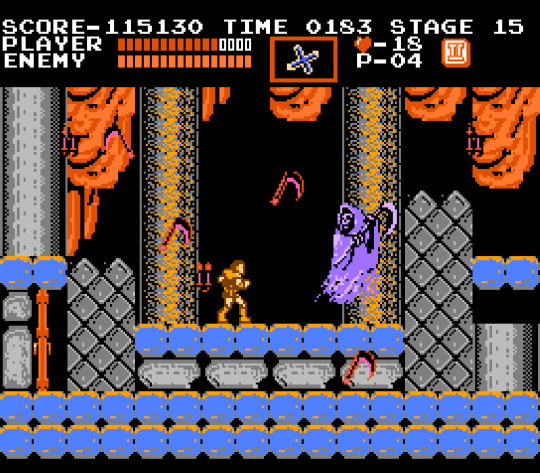#Ms-DOS
Explore tagged Tumblr posts
Text
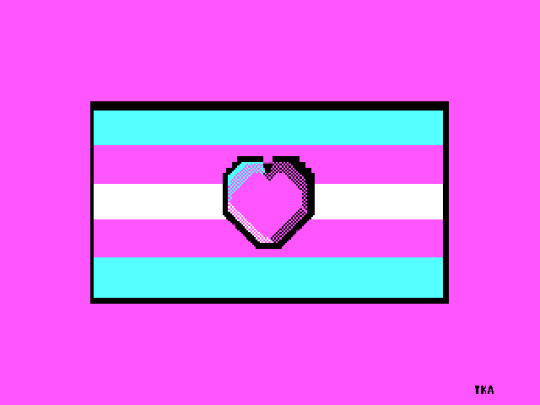
I made this trans pride flag in the MS-DOS CGA color palette tonight just for fun..
392 notes
·
View notes
Text

986 notes
·
View notes
Text









Doom concepts and textures from the sketchbook of Adrian Carmack. (Source: 1 | 2)
112 notes
·
View notes
Text
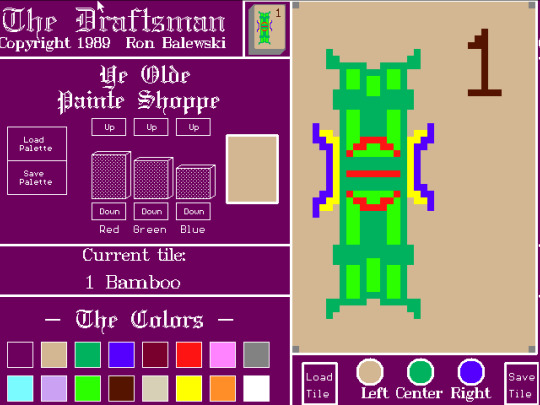
I know programmers who use fonts other than Borland's BGI Gothic and they're all cowards.
74 notes
·
View notes
Text
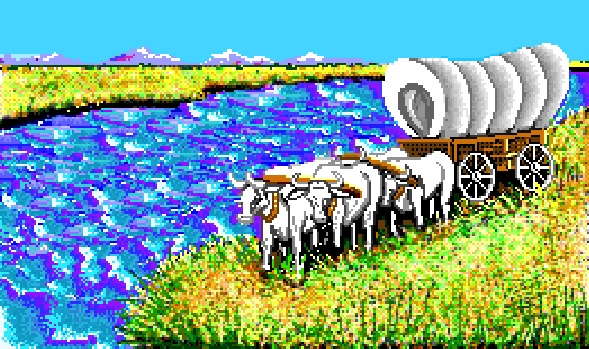




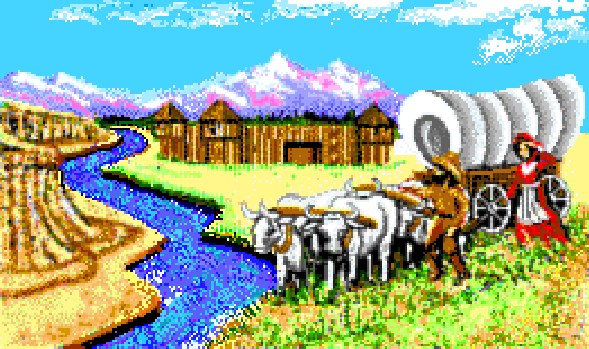

Oregon Trail Deluxe
51 notes
·
View notes
Text
A lot of younger folks find it weird and even hilarious that their elders are over-cautious -- dare I say, terrified -- about accidentally hitting the wrong button on their computer, like if they're not careful, they'll accidentally blow it up.
That's because younger folk have only ever used fairly idiot-proof computers. They've never known the joys of MS-DOS, where every floppy disk had to be formatted from the command line by typing FORMAT followed by the letter of the appropriate drive. And if you typed the wrong letter -- or even just forgot to type any letter -- before hitting enter, you reformatted your hard drive. That's right, you wiped everything on your hard drive, with one keystroke, in the course of doing a common, everyday task.
There were all kinds of other pitfalls. Like for example, foolishly starting to upgrade Windows without realizing that you had to first make sure certain files were in the correct path, and if they weren't, the install couldn't find them and it just ground to a halt, leaving you with a half-installed OS, which is the same as having no OS at all. (Ask me how I know.)
Mind you, people should be able to learn new ways of doing things, and they should understand that there are safeguards now that make those kinds of mistakes nearly impossible. But it's not that easy to let go of fear, and those early PCs really traumatized us. More than a few of us lost days, weeks, even months of work. Whole novels. So next time Grandma is kind of freaking out about hitting trash or install or whatever, have some pity. She's been through a lot.
200 notes
·
View notes
Text
ok if you've been using Windows for a while which one has been your favorite. bc i just got hit with a huge nostalgia brick for the os of my youth
if you don't have a favorite you can pick which one sucked the least :) feel free to rant and bitch in the tags if you want to, we're all haters at the end of the day <3
#computing#Windows#operating systems#nostalgia#ms-dos#win95#win98#windows me#Vista#Windows xp#Windows 7#Windows 8#Windows 10#Windows 11#polls#my poll
76 notes
·
View notes
Text
The story of Microsoft's meteoric rise and IBM's fall has been on my mind lately. Not really related to any film, but I do think we're overdue for an updated Pirates of Silicon Valley biopic. I really think that the 80's and 90's had some wild stories in computing.
If you ask the average person what operating system your computer could have they'd say that if it's a PC it has Windows, and if it's a Mac it has macOS. All home computers are Macs or PCs, but how did it get this way?
In the 70's everyone was making home computers. Tandy was a leather supply goods company established in 1919, but they made computers. Montgomery Ward was a retail chain that decided to make their own store brand computers. Commodore, Atari, NEC, Philips, Bally and a million other assorted companies were selling computers. They generally couldn't talk to each other (if you had software for your Tandy it wouldn't work on your Commodore) and there was no clear market winner. The big three though were Tandy (yeah the leather company made some great computers in 78), Commodore and Apple.
IBM was the biggest computer company of all, in fact just the biggest company period. In 1980 they had a market cap of 128 billion dollars (adjusted for inflation). None of these other companies came close, but IBM's success was built off of mainframes. 70% of all computers sold worldwide were IBM computers, but 0% of it was from the home market.
IBM wanted to get into this growing and lucrative business, and came up with a unique plan. A cheap computer made with commodity parts (i.e. not cutting edge) that had open architecture. The plan was that you could buy an IBM Personal Computer (TM) and then upgrade it as you please. They even published documentation to make it easy to build add ons.
The hope was that people would be attracted to the low prices, the options for upgrades would work for power users, and a secondary market of add ons would be created. If some 3rd party company creates the best graphics card of all time, well you'd still need to buy an IBM PC to install it on.
IBM was not in the home software business, so they went to Microsoft. Microsoft produced MS-DOS (based on 86-DOS, which they licensed) but did not enforce exclusivity. That meant that Microsoft could sell MS-DOS for any of their competitors too. This was fine because of how fractured the market was. Remember, there were a lot of competitors, no one system dominated and none of the competitors could share software. Porting MS-DOS to every computer would have taken years, and by that point it would be outdated anyways.
IBM saw two paths forward. If the IBM PC did well they would make a ton of money. Third party devs like Microsoft would also make a lot of money, but not as much as IBM. If it failed, well then no one was making money. Either way the balance of power wouldn't change. IBM would still be at the top.
IBM however did not enjoy massive profits. It turns out that having cheap components and an open architecture where you could replace anything would... let you replace anything. A company like Compaq could just buy their own RAM, motherboards, cases, hard drives, etc. and make their own knockoff. It was easy, it was popular, and it was completely legal! Some people could order parts and build their own computer from scratch. If you've ever wondered why you can build your own computer but not your own tv or toaster, this is why. IBM had accidentally created a de facto standard that they had no control over.
In 1981 IBM's PC was worth 2.5% of the marketshare. By 1995 IBM PC compatibles were 95% of the marketshare, selling over 45 million units and IBM had to share the profits with every competitor. Apple is the only survivor of this time because the Macintosh was such an incredible piece of technology, but that's a different story for a different time.
And Microsoft? Well building an OS is much harder than putting together a few hardware components, so everyone just bought MS-DOS. With no exclusivity agreement this was also legal. That huge marketshare was now the basis for Microsoft's dominance.
IBM created a computer standard and gave the blueprints to every competitor and created a monopoly for Microsoft to boot. And that's why every computer you buy either is made by Apple with Apple software, or made by anyone else with Microsoft software. IBM is back where they started, having left the home computer business in 2005.
It's easily the biggest blunder in computer history. Other blunders have killed companies but none were quite as impactful as this one.
This story, and many others I know of, I first read in "In Search of Stupidity", a book authored by a former programmer and product manager that was able to see a lot of this first hand. I make no money advertising this book, I just had a great time reading it.
#software#hardware#microsoft#ibm#apple#tandy#nec#compaq#Wordstar#borland#ashton-tate#lotus#Ms-dos#windows#word#excel#access#commodore#atari#philips#bally#In search of stupidity#macintosh#montgomery ward#pirates of silicon valley
10 notes
·
View notes
Text
youtube
I finally uploaded this, after more than four years. In 2020, while teaching myself the keyboard, DAW, and musical transcription, I decided I would recreate one of my all-time favorite video game compositions: Erana's Peace (aka The Magic Meadow) by Mark Seibert, from Quest for Glory I: So You Want To Be A Hero?
#music#quest for glory#hero's quest#so you want to be a hero#erana's peace#video games#Youtube#ms-dos#ms-dos games#dos games#classic games#sierra online#sierra adventure games#adventure games#roleplaying games
12 notes
·
View notes
Text
I sometimes wonder about what a 32-bit MS-DOS-like operating system would look like. There are a couple of interesting candidates out there (the now seemingly dead FreeDOS-32 and PDOS come to mind), but just for my own curiosity I would think about what needs to go into it.
And then I remember that modern operating systems don't boot via BIOS anymore, but via UEFI. And UEFI offers an API and a command line prompt, it runs from FAT and uses a Microsoft executable file format (PE)...
... Maybe UEFI and the UEFI shell are the modern 32-bit MS-DOS-like operating system I have thought about, huh!
6 notes
·
View notes
Text
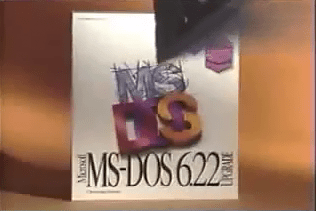
120 notes
·
View notes
Text

#do you know this game#Fish!#Amiga#Amstrad PCW#Apple II#Acorn Archimedes#Atari ST#Commodore 64#Macintosh#MS-DOS#ZX Spectrum#what else is there to say. the cover is a fish with sunglasses holding a joint
18 notes
·
View notes
Text

#80s#MS-DOS#As you huddle under the warm covers#you quietly reflect#night#well#vaporwave#aesthetic#Press < Spacebar >
531 notes
·
View notes
Text
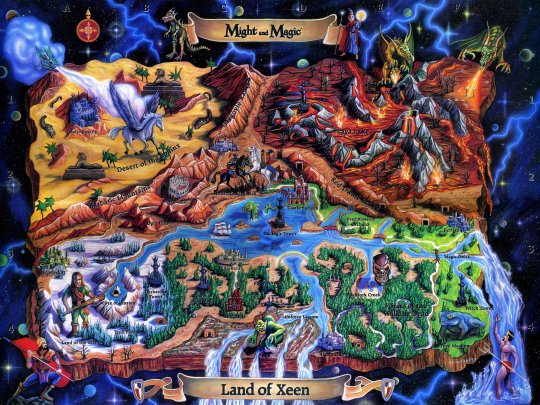
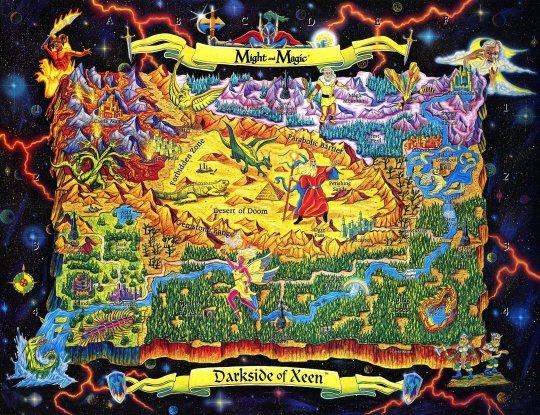
Maps by Mike Winterbauer, for Might and Magic IV: Clouds of Xeen (1992) and Might and Magic V: Darkside of Xeen (1993). (Sources: 1 | 2)
#Might and Magic IV: Clouds of Xeen#1992#Might and Magic V: Darkside of Xeen#1993#MS-DOS#New World Computing#illustrations#maps#fantasy#Might and Magic#Mike Winterbauer
85 notes
·
View notes
Text
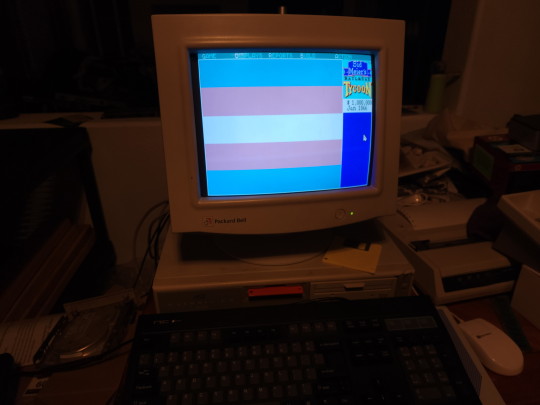
I've been hacking on Railroad Tycoon (DOS, 1990) for a week+ now and I decided to finally put some of my knowledge to good use and I made a custom map for the game:
It's the Trans(-continental) Railroad (Tycoon)!
769 notes
·
View notes
